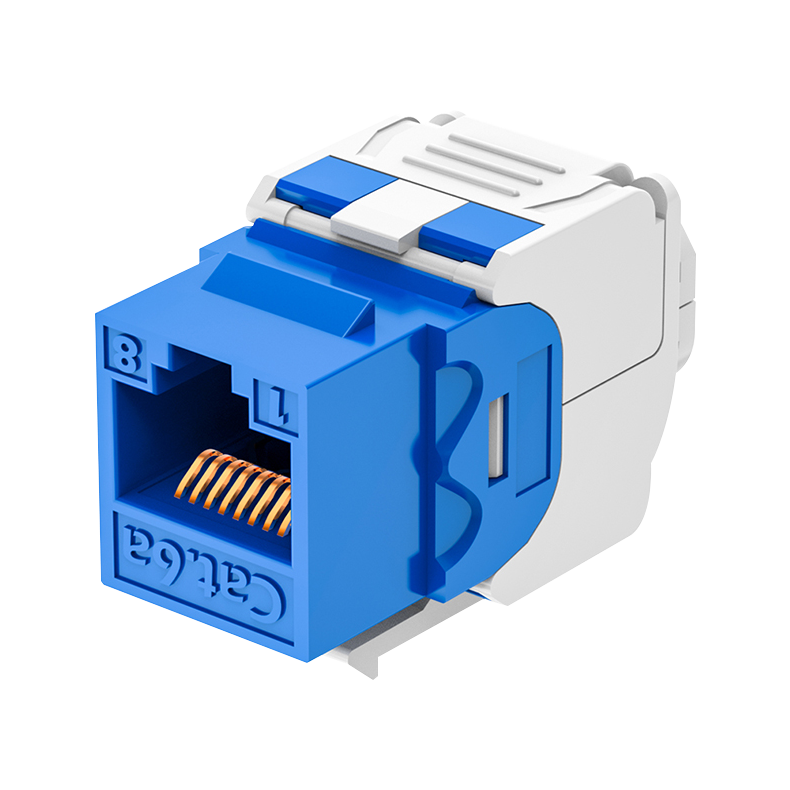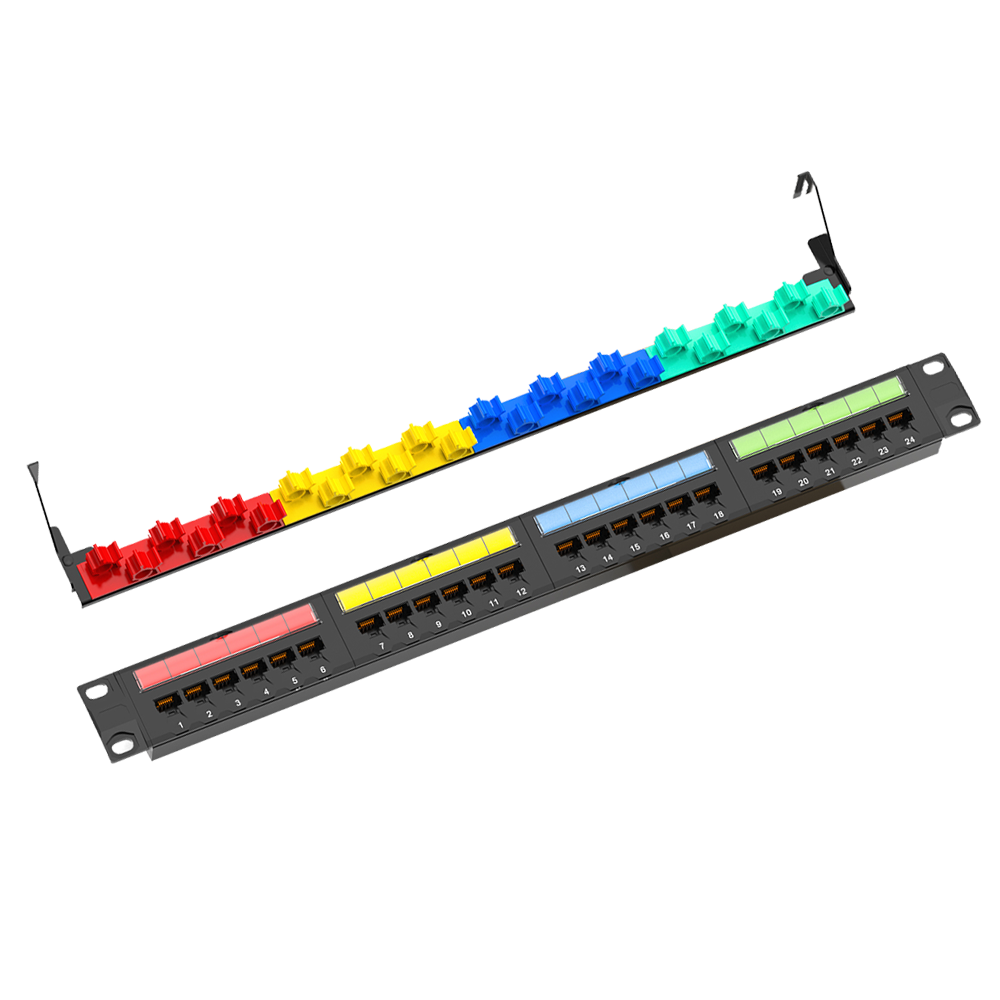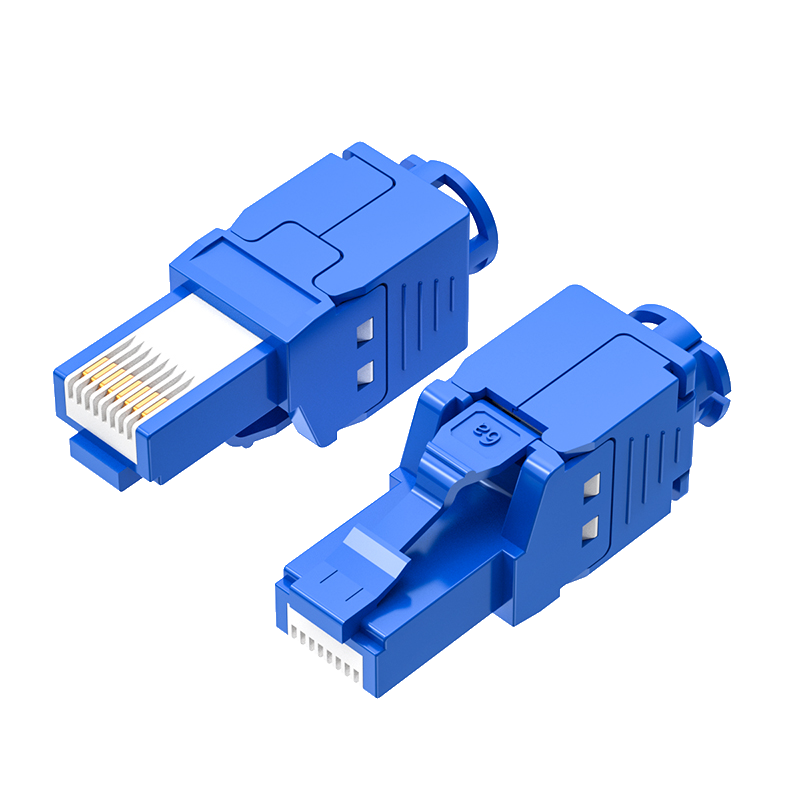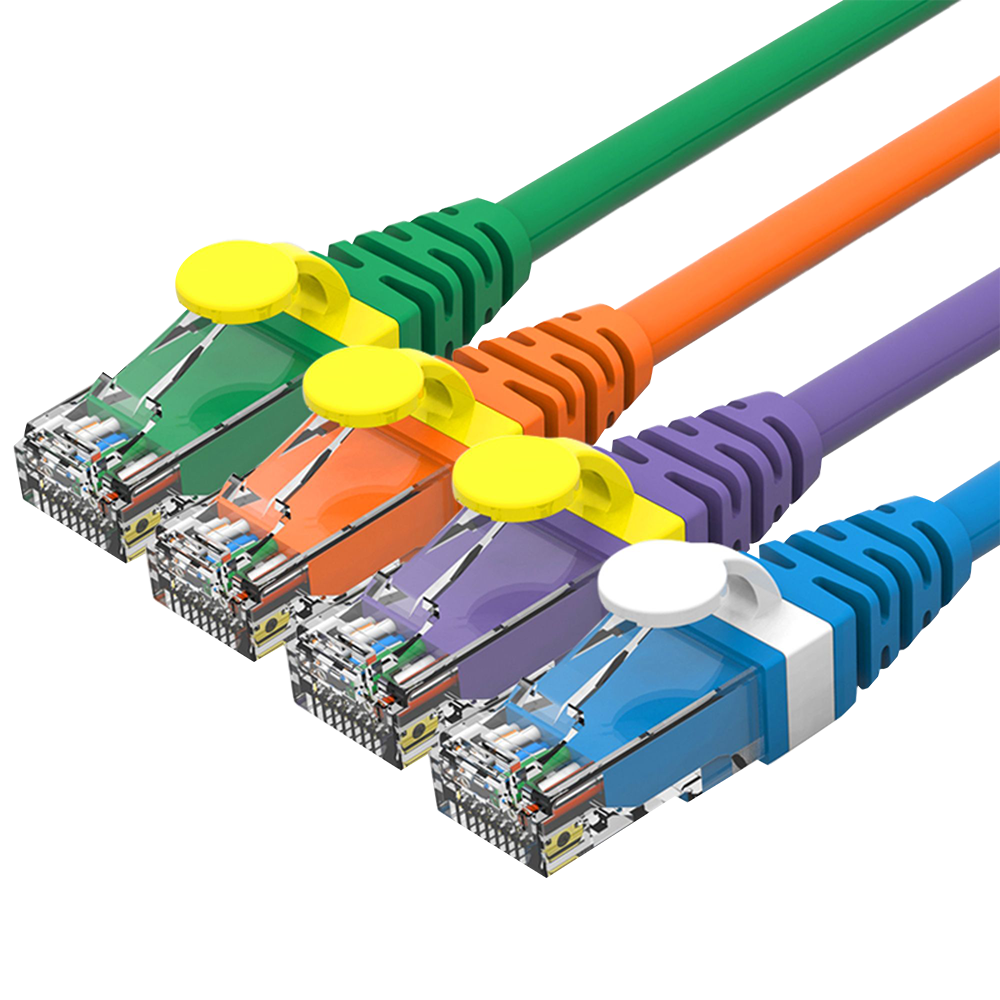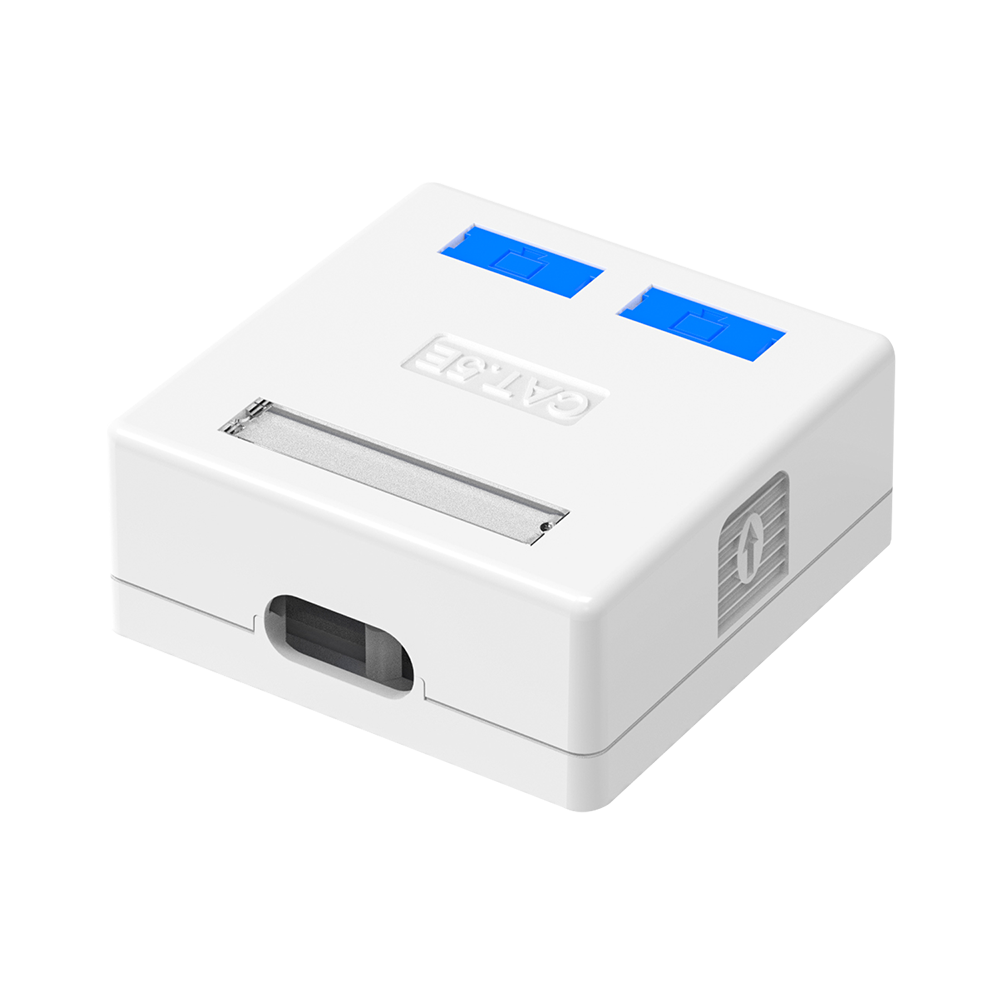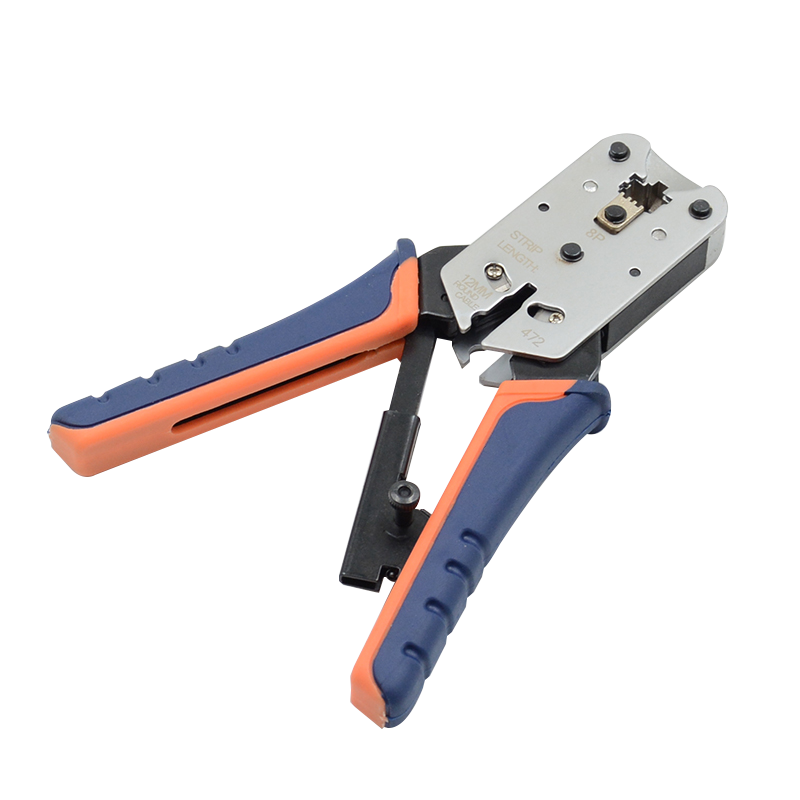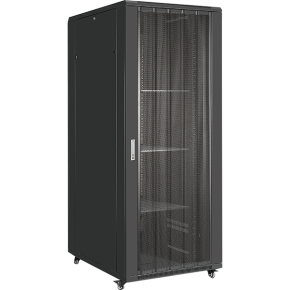Effective Termination of Cat6 Keystone Jacks: A Comprehensive Guide for Professionals
First, it’s important to familiarize yourself with the different types of Cat6 keystone jacks available. These connectors come in various designs, including tool-less and tool-required options. Tool-less jacks are user-friendly and allow for quick termination without the need for specialized tools, making them ideal for fast-paced installations. In contrast, tool-required jacks typically provide a more secure connection but require additional tools for proper termination.
To successfully terminate a Cat6 keystone jack, you will need a few essential tools, including a cable stripper, a punch-down tool, and a network cable tester. Start by stripping the outer jacket of the Cat6 cable, exposing the twisted pairs inside. It’s crucial to minimize the untwist length to maintain the cable’s performance characteristics. Following the manufacturer's wiring scheme, arrange the wires in the correct order before inserting them into the keystone jack.
When using a punch-down tool, apply even pressure to ensure the wires are securely connected to the terminals without damaging them. After termination, it’s prudent to use a network cable tester to verify that the connections are functioning correctly. Performing this final check helps prevent potential issues that could arise from improper terminations.
Moreover, understanding the importance of cable management cannot be overstated. Properly organized cables not only improve the aesthetic of an installation but also enhance the signal quality by reducing interference. Use cable ties and management systems to keep your installations neat and accessible for future maintenance or upgrades.
In summary, mastering the art of terminating Cat6 keystone jacks is crucial for professionals aiming to deliver superior networking solutions. By understanding the types of jacks available, utilizing the right tools, and adhering to best practices, you can ensure reliable and efficient network connections. As you hone your skills in termination, you’ll find that efficient installation and maintenance practices can significantly enhance your project outcomes and client satisfaction.
Latest news & events
Jun 04,2025
Understanding the Essentials of Modular Plug 8P8C: A Key Component in Networking
In the realm of communication and networking, the modular plug 8P8C (8 positions, 8 contacts) stands out as a vital component. Commonly referred to as an RJ45 connector, the 8P8C plug is primarily used for Ethernet cables, facilitating the connection of various devices such as computers, routers, and switches. Its design allows for ease of installation and versatility, making it an essential part
Learn moreJun 01,2025
Maximize Your Network Efficiency with a 48 Port Cat6 Patch Panel
Maximize Your Network Efficiency with a 48 Port Cat6 Patch Panel Networking has become a critical component in today's technology-driven world. As both homes and businesses increasingly rely on reliable internet connections, the importance of efficient network management cannot be overstated. One of the most effective ways to enhance and manage connectivity is through the use of a **48 Port Cat6 P
Learn moreMay 29,2025
Understanding the Importance of a 48-Port UTP Patch Panel for Your Networking Needs
In the realm of networking, a UTP patch panel is an essential component that facilitates the organization and management of network connections. A 48-port UTP patch panel is particularly beneficial for large-scale networks, as it allows for the consolidation of multiple network cables into a single, manageable unit. This is especially useful in environments such as commercial buildings, offices, a
Learn moreMay 26,2025
Mastering the Installation Process for FTP Keystone Jacks: A Comprehensive Guide
Understanding the Installation Process for FTP Keystone Jacks Table of Contents Introduction to FTP Keystone Jacks What are FTP Keystone Jacks? Benefits of Using FTP Keystone Jacks Tools and Materials Needed for Installation Preparation for Installation Step-by-Step Installation Process Cutting and Stripping Cables Inserting Cables into the
Learn more

